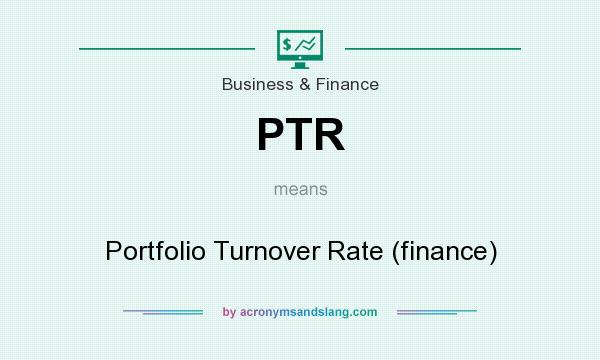

If so, there’s not much you can do about these leavers.īut if you’re losing valuable employees to a competitor or because they’re unhappy at work, you need to give your staff a reason to stay, before more leave. Your employees might be retiring, going travelling or changing their career path. If your worker turnover is higher than the UK’s average, you might have a problem.Ī high worker turnover doesn’t necessarily mean your company is an awful place to work. Valuable employees leaving your business will have a bigger impact than if lazy, unproductive staff leave.Ī high workforce turnover-you’ve guessed it-is when a large number of employees leave your company in a set amount of time. In fact, a small number of leavers can be beneficial as it’ll bring in new people who are bursting with enthusiasm and fresh ideas.īut it’s important to look at who’s leaving your company.


There’s nothing wrong with having a low worker turnover. This percentage might not represent your industry, but you could use it as a rough guide to see whether your workforce turnover is above or below average. But comparing your worker turnover rate with the UK’s average is a good place to start.Īccording to Monster, the UK’s average staff turnover rate is approximately 15% a year. There’s no magic percentage that indicates a low worker turnover. Put simply, staff turnover is the number of employees that leave your company and need replacing in a set amount of time.īut which is better, a low staff turnover or a high staff turnover? And what’s the ideal staff turnover rate? We investigate what your employee turnover could say about the happiness of your team.Ī low workforce turnover is when a small number of employees leave your company in a set amount of time.


 0 kommentar(er)
0 kommentar(er)
